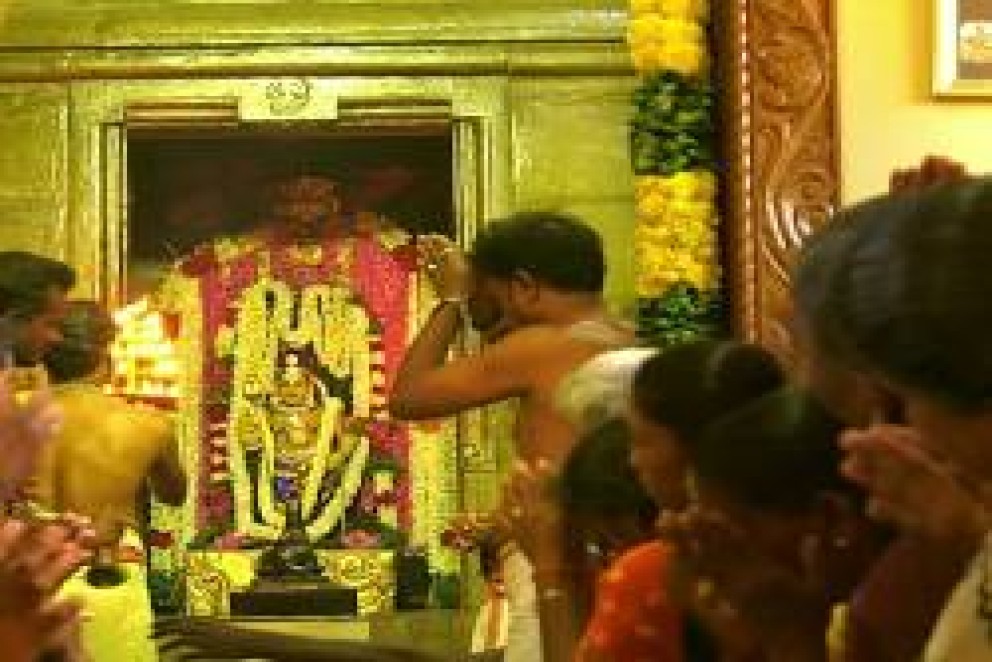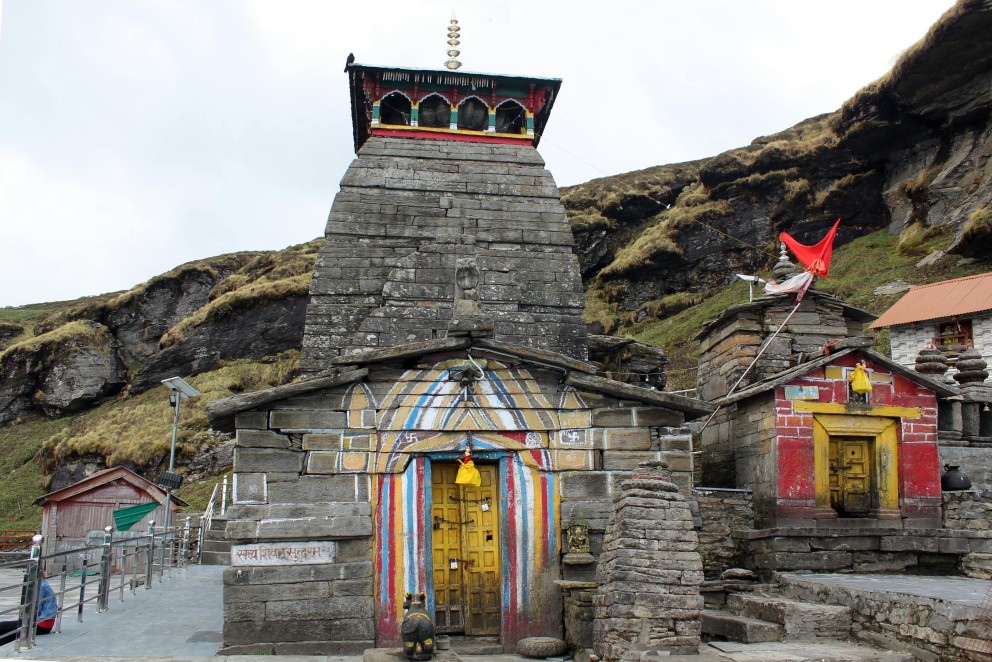Blog Details

Kedar Panch: Kedarnath, Tungnath, Rudranath, Madhyamaheshwar and Kapleshwar
The group of five temples dedicated to Lord Shiva situated in the Himalayas is collectively known as "Panch Kedar." It is believed that these temples were constructed by the Pandavas and their descendants. Among these, Kedarnath, Madhyamaheshwar, Tungnath, Rudranath, and Kalpeshwar hold significant importance in Hindu mythology and pilgrimage.

Kedarnath Dham: Located at an altitude of 11,657 feet in the Rudraprayag district of Uttarakhand, Kedarnath is the main pilgrimage site among the Panch Kedar temples. The temple is dedicated to Lord Shiva in the form of a bull (Nandi). Legend has it that the Pandavas built this temple, and Adi Shankaracharya later renovated it. Despite facing various natural calamities, the temple remains intact, showcasing its resilience and spiritual significance.
How to Reach: Kedarnath Dham can be reached via road or helicopter services. Pilgrims usually start their journey from Haridwar or Rishikesh and travel to Gaurikund, from where they proceed either on foot or by helicopter.
Tungnath Dham: Situated at an altitude of 11,349 feet in the Rudraprayag district, Tungnath is the third Kedar among the Panch Kedar temples. The temple enshrines Lord Shiva's arm. According to mythology, the Pandavas built this ancient temple to seek forgiveness from Lord Shiva. It is believed to be more than a thousand years old, adding to its historical and religious significance.
How to Reach: Tungnath Dham can be reached via road or helicopter services. Pilgrims typically start from Haridwar or Rishikesh and travel to Chopta or Ukhimath, from where they proceed either on foot or by helicopter.
Kalpeshwar Dham: Regarded as the fifth Kedar, Kalpeshwar Dham is renowned for its spiritual ambiance. Located at an altitude of 7,031 feet in the Chamoli district of Uttarakhand, this temple is nestled amidst scenic surroundings. It is believed to be the place where Lord Shiva appears in the form of Jata (hair locks). The journey to Kalpeshwar Dham involves a ten-kilometer trek through picturesque trails, offering a blend of adventure and devotion.
How to Reach: Kalpeshwar Dham can be reached via road or helicopter services. Pilgrims typically start from Rishikesh or Dehradun and travel to Helang or Helang-Cham, from where they proceed on foot or by helicopter.
Madhyamaheshwar Dham: Positioned at an altitude of 11,470 feet in the Chamoli district, Madhyamaheshwar is the second Kedar among the Panch Kedar temples. The temple houses the navel of Lord Shiva. Its location amidst the majestic Chaukhamba peak adds to its spiritual allure. According to folklore, it was where Lord Shiva and Goddess Parvati spent their time during the Madhu Chandra night. The temple is traditionally visited by pilgrims who start their journey from Gopeshwar village.
How to Reach: Madhyamaheshwar Dham is accessible via road or helicopter services. Pilgrims usually start from Haridwar or Rishikesh and travel to Gopeshwar, from where they proceed on foot or by helicopter.
Rudranath Dham: Revered as the fourth Kedar, Rudranath is situated at an altitude of 11,808 feet in the Chamoli district. The temple is nestled within a cave, and it is here that Lord Shiva's face is worshipped. Unlike other Kedars, Rudranath stands as the solitary place where Lord Shiva's face is venerated. Pilgrims typically embark on their journey from Sagar village, near Gopeshwar, to reach this sacred destination.
How to Reach: Rudranath Dham can be accessed via road or helicopter services. Pilgrims usually commence their journey from Sagar village and trek to Rudranath, encountering mesmerizing landscapes along the way.
Each of these temples not only holds immense religious significance but also offers a unique blend of natural beauty and spirituality, making the pilgrimage a transformative experience for devotees




